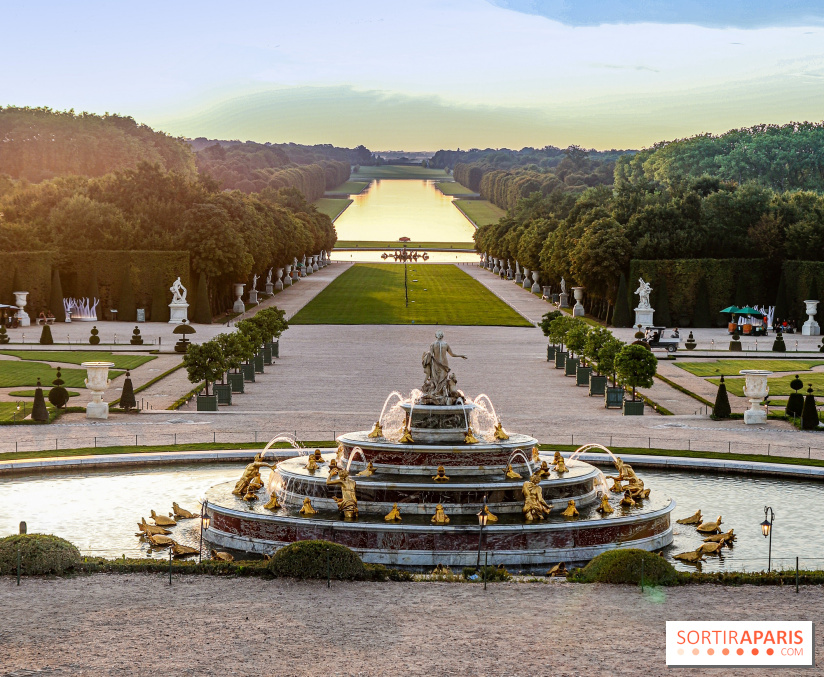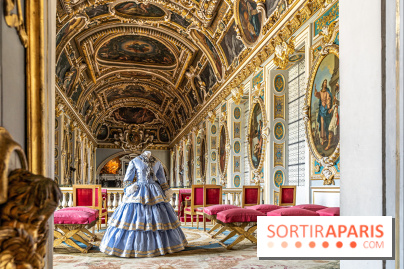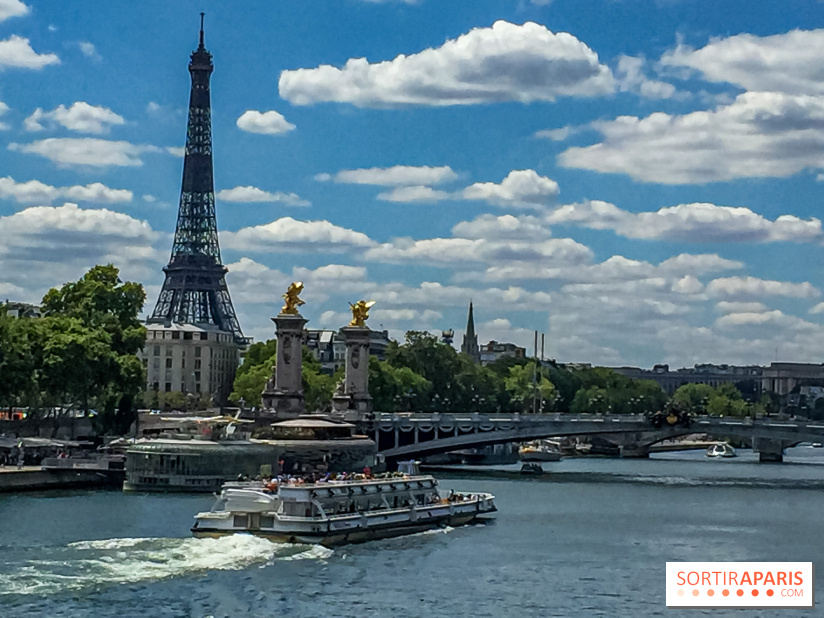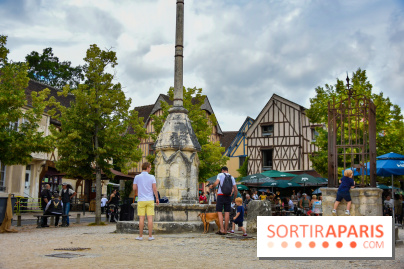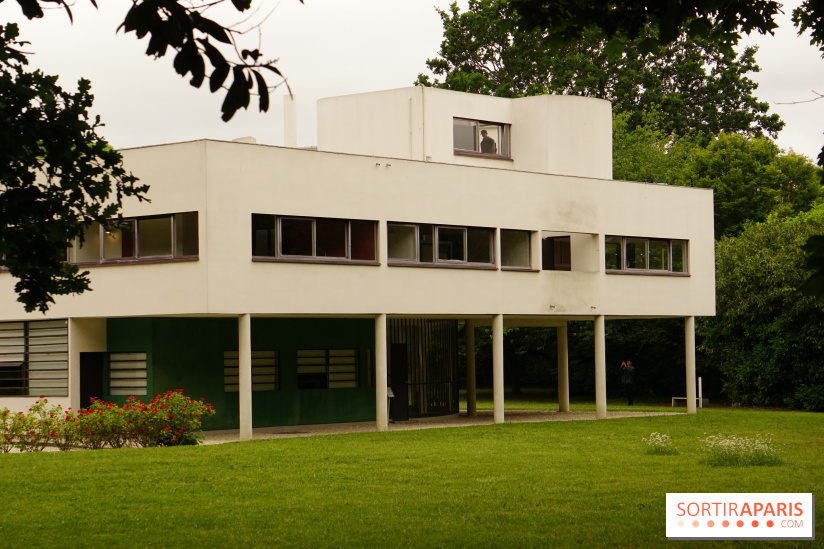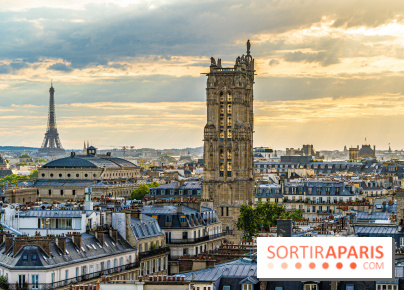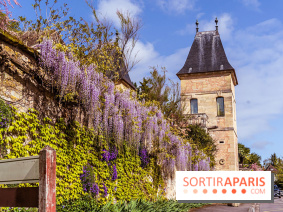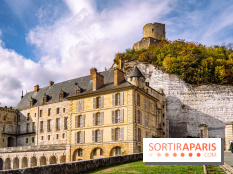Do you know the Unesco World Heritage sites in the Paris region? We reveal 6 jewels to discover in Paris and the Paris region that are well worth the detour.
Ile-de-France is home to a number of sublime Unesco World Heritage sites. Here are 6 listed sites in and around Paris for you to discover . We invite you to explore these exceptional sites, starting with the famous Château de Versailles. Located at the gateway to Paris, these sites are just waiting to be discovered.
- The Château and grounds of Versailles : Considered one of the most visited sites in the world (some 8.1 million visitors a year), the Château de Versailles and its magnificent gardens have been a UNESCO World Heritage Site since 1979. Thanks to its classical architecture and breathtaking figures (64,110 square meters of floor space, 3,000 rooms and a 660-hectare estate), the Château de Versailles continues to fascinate and arouse the curiosity of visitors from all over the world who come to discover and admire this architectural jewel, which was the main residence of Louis XIV, Louis XV and Louis XVI.




- Château and Parc de Fontainebleau : A must-see in the Seine-et-Marne region, the Château and Parc de Fontainebleau have been a UNESCO World Heritage Site since 1981 .You may not know it, but the hunting residence of Fontainebleau was used by the kings of France as early as the 12th century. It was then transformed, enlarged and embellished in the 16th century by King François I. Its unique setting, a vast 130-hectare park, makes it one of the most popular castles in the Ile-de-France region, where visitors come at weekends and during special events such as the Journées du Patrimoine. It was also the residence ofNapoleon Bonaparte before his exile, and the Salle du Trône remains the only one of its kind in France.




- The banks of the Seine in Paris : Did you know? In Paris, not only the monuments, but also the banks of the Seine are listed as a UNESCO World Heritage Site. Thebanks of the Seine, part of the Parisian landscape , have been a UNESCO World Heritage Site since 1991! The listed property includes the bridges, quays and banks of the Seine in the truly historic part of its course (between the Pont de Sully and the Pont d'Iéna) and the islands of La Cité and Saint-Louis. Stroll along these emblematic banks, and immerse yourself in the history of Paris and its famous monuments. Strolling along the banks of the Seine, you're treading in the footsteps of centuries of history. Notre-Dame Cathedral, begun in the 12th century, is an emblematic example of Gothic architecture. The Sainte-Chapelle, meanwhile, is renowned for its spectacular stained-glass windows. The Palais du Louvre, begun in the 12th century as a fortress, has become the world's largest art museum. Finally, the Eiffel Tower, built in 1889, symbolizes innovation and the spirit of the Industrial Revolution.




- Provins, medieval town : Classified as a UNESCO World Heritage Site in 2001, Provins bears witness to the importance of the Champagne fairs during the Middle Ages. It has preserved much of its medieval architecture, notably its ramparts and underground network. The keep and traditional houses reflect the wealth of this period of intense trade in Europe. A mythical fortified medieval town in the Île-de-France region, more precisely in the Seine-et-Marne département, Provins leaves no one indifferent . Tourists appreciate the town's ramparts, mysterious underground passageways, age-old craftsmen and sublime rose garden. Witness to the early development of international trade fairs and the wool industry, the town of Provins has preserved its urban structure, designed specifically to accommodate fairs and related activities.




- Le Corbusier's works, including Villa Savoye : Since 2016, 17 of Le Corbusier's buildings have been listed as Unesco World Heritage Sites. Le Corbusier, a revolutionary 20th-century architect, left a priceless legacy in the Paris region. The Villa Savoye in Poissy is an emblematic example of his clean, modern style, marking a turning point in architecture. It is based on the use of stilts, a flat roof, a free-form plan and entablature windows. The Villa Savoye is considered a masterpiece of the modern movement and represents the quintessence of Le Corbusier's five points of new architecture. In Boulogne-Billancourt, don't miss the Porte Molitor rental building (24 Rue Nungesser et Coli, 75016 Paris), an architectural gem . Then, just a stone's throw away in Paris's 16th arrondissement, head to 10 Square du Dr Blanche to contemplate the remarkable Maisons La Roche and Jeanneret.




- Tour Saint-Jacques, on the Camino de Santiago de Compostela : Since 1998, UNESCO's World Heritage List has included 71 monuments and 7 sections of the Camino de Santiago de Compostela in France . Located in the heart of Paris, in the 4th arrondissement, the Tour Saint-Jacques is a Gothic treasure and a witness to the city's medieval history. It is all that remains of the former 16th-century church of Saint-Jacques-de-la-Boucherie, one of the starting points for pilgrims on their way to Santiago de Compostela in Spain. Built between 1509 and 1523, the tower served as the church's bell tower. It survived the demolition of the church during the French Revolution. Its flamboyant architecture is rich in detail, with statues, gargoyles and intricate motifs. It was also a place of scientific research; the famous scientist Blaise Pascal is said to have conducted experiments on falling bodies using the tower. Today, it is possible to visit the Tour Saint-Jacques in summer and climb the 300 steps to enjoy a breathtaking view of Paris.




Ile-de-France is undeniably rich in cultural and historical heritage. These six UNESCO World Heritage sites offer a journey through the ages, revealing the impressive diversity and richness of France's heritage. Whether it's history, art or architecture, each site is brimming with treasures and wonders. Don't wait any longer, and let us take you on an extraordinary cultural adventure through the jewels ofIle-de-France.
